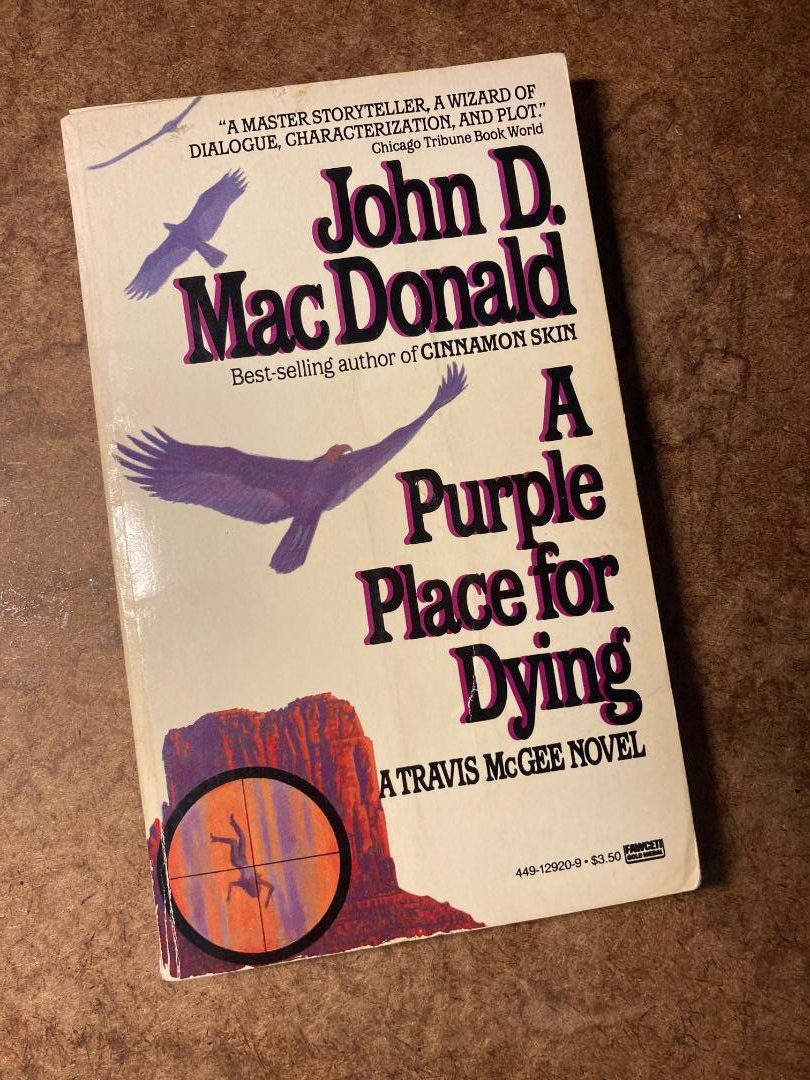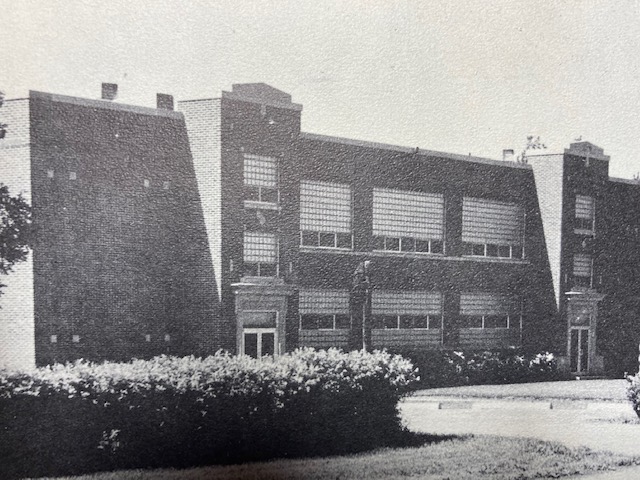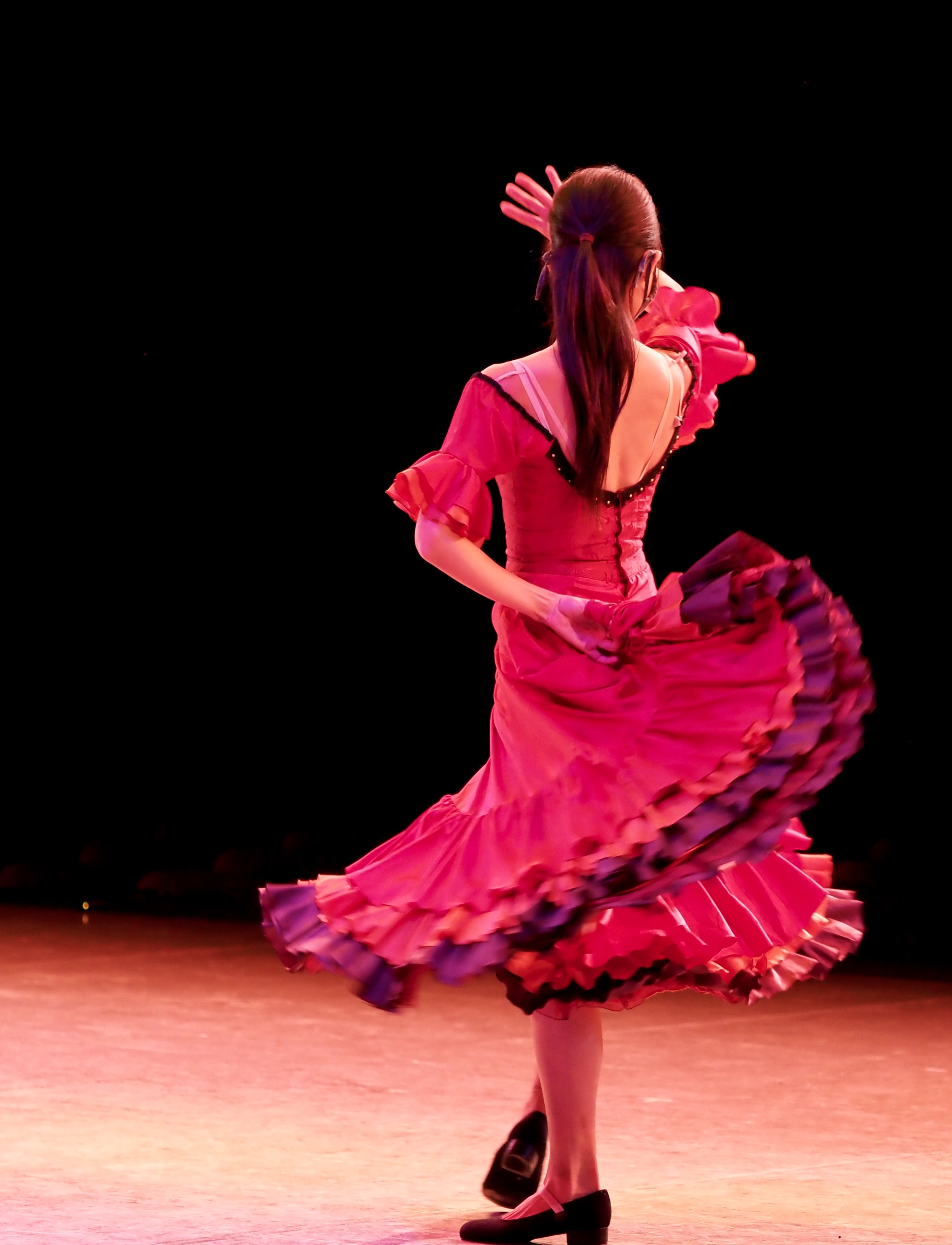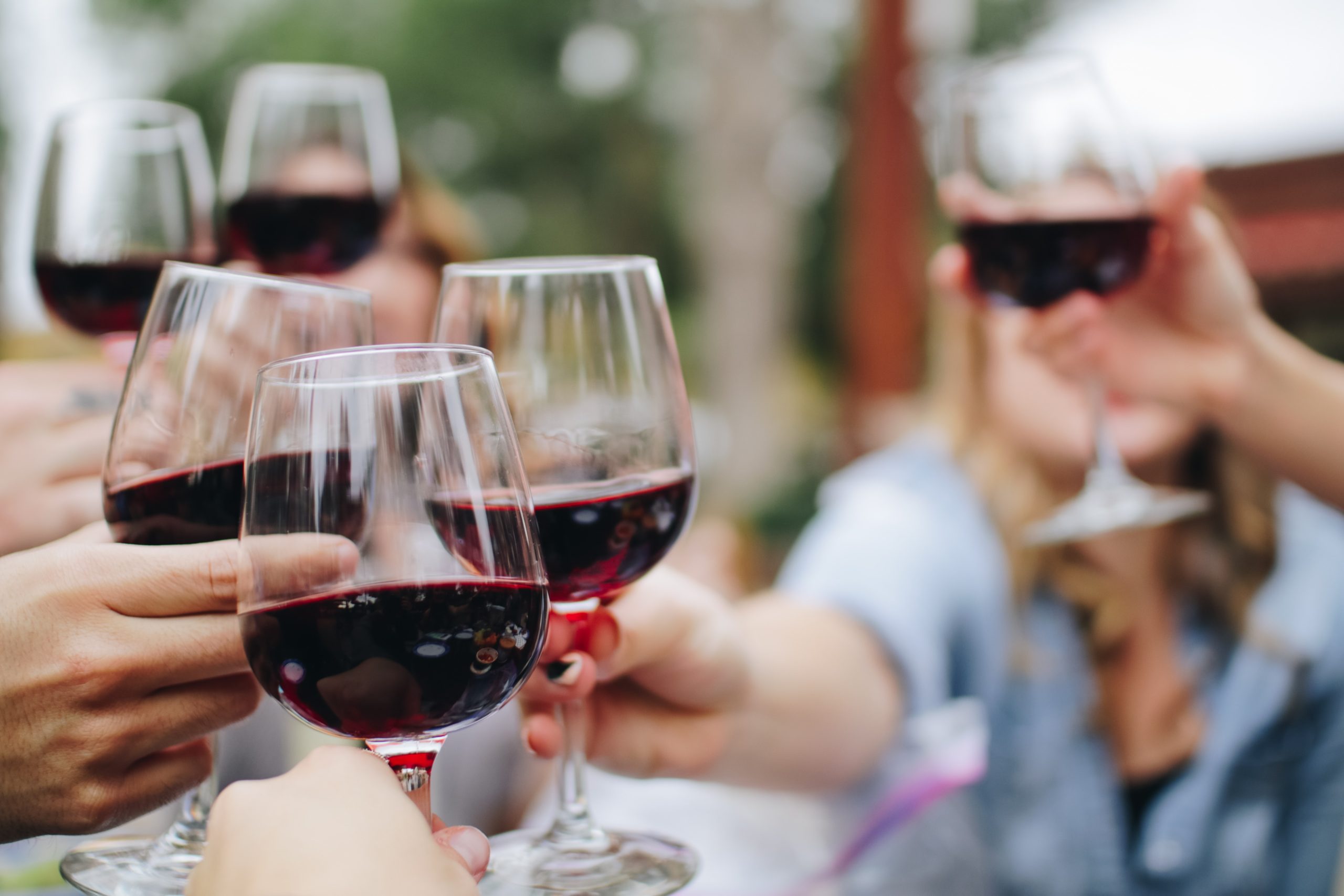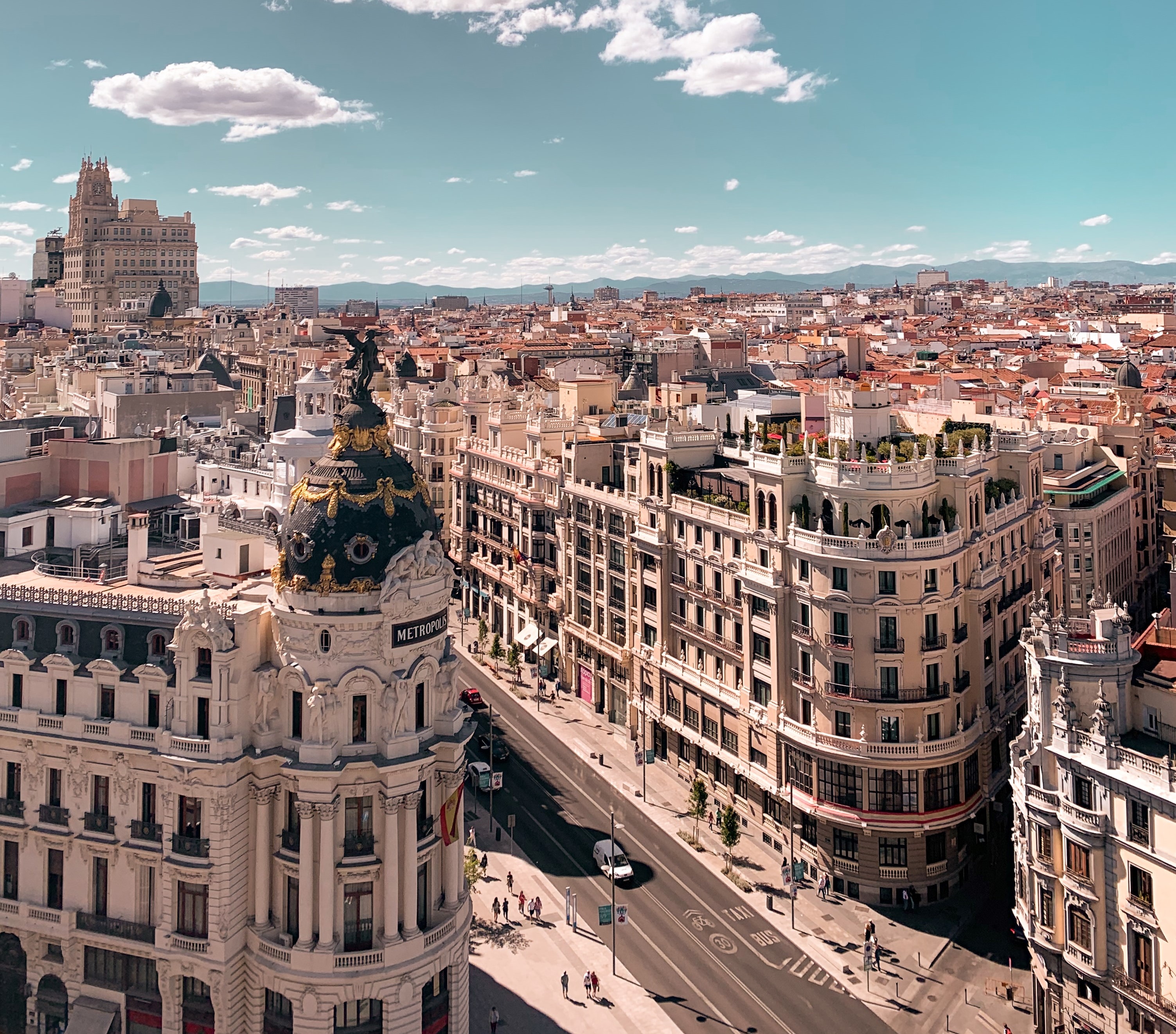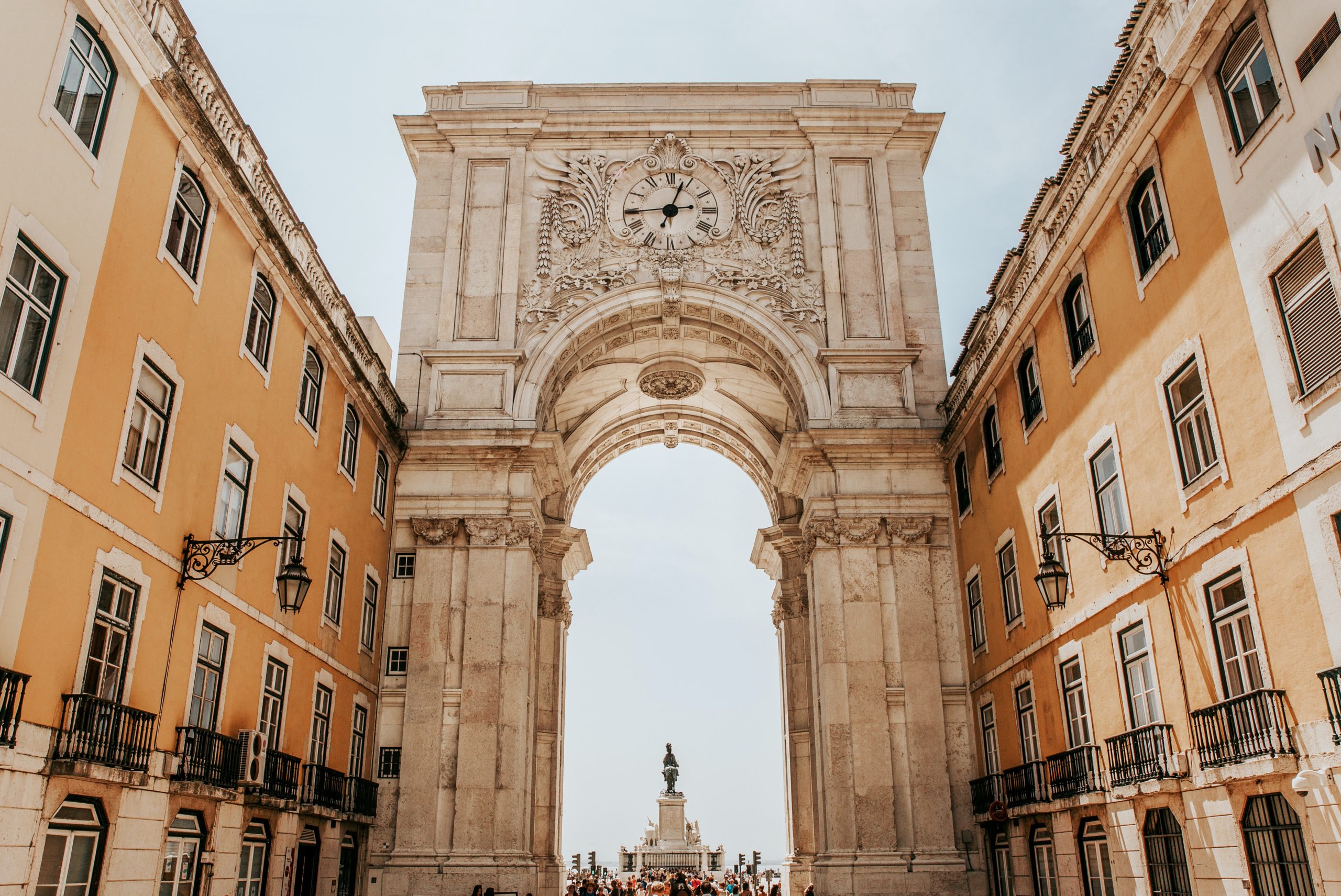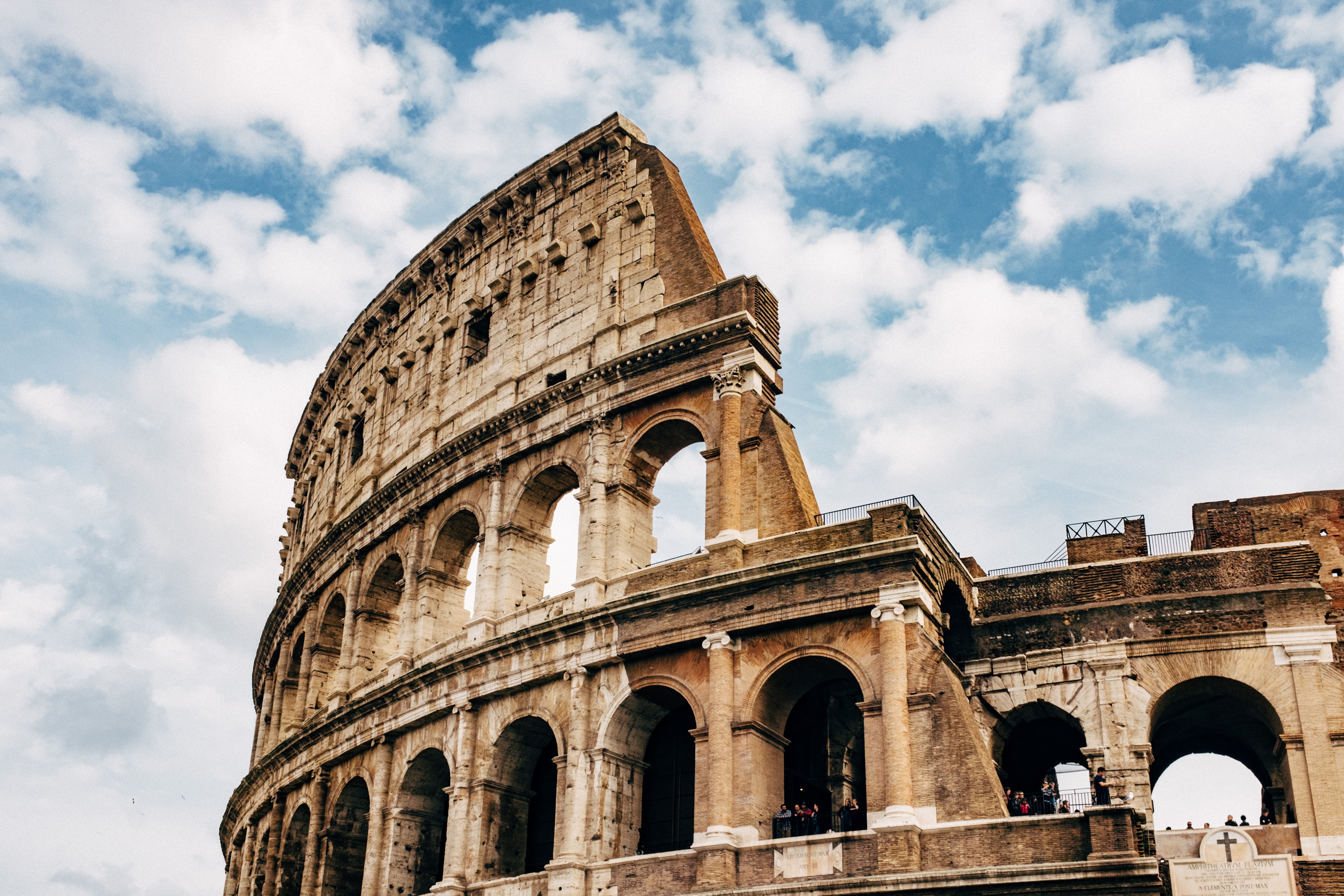
Pedro, Bruce, Ken, and Alvaro – Four lambs about to be clipped
As I mentioned at the end of my last post, pleasure was blooming in our cabaret. Pedro, Bruce, Alvaro, and I, with our front row table right on the edge of the dance floor, were beaming. Background music was perking up, thumping with ever louder beat. We had knocked off our round of libations recommended by Alvaro and were working on the bottle of bubbly that magically appeared shortly after our friendly B-girls moved in. These cheery beverages, you’ll remember, were on top of the five glasses of wine we downed before arrival. We were feeling it! If all of that wasn’t enough, the evening’s entertainment was about to begin. What a place!
The B-girls, much like bees buzzing from blossom to blossom, continually shifted among us, hopping from lap to lap, squirming with delight, and making it hard for me to keep track of which one was where. My thoughts were distracted by a fanfare and a dimming of the house lights. A spotlight flashed on the dance floor as a man talked excitedly in the dark until the spotlight found him and reflected off the microphone in his hand.
Flamenco begins
Alvaro whispered to me that the guy was introducing a famous flamenco dancer. After more fanfare and another moment of darkness, the spotlight came back to target a tall woman in a billowy red dress, her hands on her hips. The spotlight widened to include a seated man, guitar in hand. He plunked a few chords, the woman threw her hands in the air, stiffened, and began a slow movement that evolved into some serious and rapid foot stamping and guitar playing. The excitement was contagious, making the B-girl seated on my lap bounce with pleasure.
My attention to the entertainment gradually dimmed and what little remained focused on our table with its energetic B-girls. Amazingly, a second chilled bottle of bubbly appeared, and the empty first was whisked away. Wow! Nights in Madrid were amazing, and the people so friendly. Our smiles broadened, we whispered back and forth, the squirming girls more intense. The second bottle had an equally short life, mainly because the B-girls continued their little tricks, filling their glasses to the brim and then jamming their fingers into their drinks and swirling them about, spilling much and wasting their luscious bubbles.
Sign of trouble
The evening flipped abruptly when our tuxedo-clad waiter appeared with a slip on a tray. Pedro picked up the slip, frowned, and turned to Bruce and me. “Did you order the wine?” he asked. We shook our heads. He asked Alvaro in Portuguese, who quickly replied, “Não!” Those two rattled back and forth, and Pedro passed the bill to me as the B-girls slipped away. For cheap Madrid, the check had quite a pop. I mentally converted pesetas to dollars and came up with roughly $60, something like $15 apiece for us, an amount we all thought exorbitant ($150 in 2021 dollars). We came to agreement in a moment. We hadn’t ordered the wine and damned if we would pay for it.
Alvaro uses a pen to scratch out the two bottles of bubbly on our bill and announced how much each of us owed. He motioned for our waiter, who came over solemnly. Alvaro stated our case. The guy was ready for that and gave what sounded like a dignified and demanding speech of which Bruce and I understood not a word. Alvaro replied, his voice rising. The dialogue turned to shouts and ended when the waiter wheeled abruptly and stomped off.
“We okay?” I asked. “He’s getting the manager,” Alvaro said. The manager, accompanied by our waiter, soon appeared. Again the discussion started calmly but soon escalated, Pedro adding his perspective at times. But agreement was not in sight, and our two antagonists stormed away.
Serious trouble
I turned to Alvaro. “What’s up?” “He’s going to call the police.” Hmm! This was getting serious, but I was tipsy enough to find it more exciting than worrisome. We four would stand together! In short order, two uniformed policemen came in and were met by the manager. After a short discussion, the three approached. The higher ranking of the cops spoke with Alvaro quietly but with obvious authority. Alvaro replied with careful respect, neither side giving in. Pedro remained silent. Finally Alvaro nodded and turned to Bruce and me. “We’re arrested and will go to jail.”
This was becoming a night to remember! We delinquents were quickly escorted by the pair to a nearby city jail in the basement of an imposing building. In the dimly lit lower floor were something like six cells, all empty, and we four were marched into one of them. The iron gate was closed, the key turned, and the cops left, leaving us locked in a cage the size of a small bedroom, a sturdy wall on one side and vertical steel bars on the other three.
 Incarceration is a sobering process. One’s world suddenly is restricted to a tiny space, in our case a few square yards of concrete floor with nothing else, not even a bench, water, or toilet. Fortunately, the red wine and bubbly had darkened my sensibility a few shades, and I was among friends, so I was able to accept my confinement in a manly manner.
Incarceration is a sobering process. One’s world suddenly is restricted to a tiny space, in our case a few square yards of concrete floor with nothing else, not even a bench, water, or toilet. Fortunately, the red wine and bubbly had darkened my sensibility a few shades, and I was among friends, so I was able to accept my confinement in a manly manner.
Pedro explained we were in a holding area for people about to go to court. Unbelievable to Bruce and me, court cases like ours were adjudicated at all hours of the day and night. It was early morning by then, somewhere between 2 and 3 a.m. According to Pedro we were due for trial in city court within hours. So justice was swift, and even nocturnal, in Madrid. The idea of going to court worried me a bit, but in my numbness I retained confidence. I had seen enough Hollywood movies to know what to say when apprehended in a foreign country, and I planned to blurt it out as soon as I faced the judge. “I demand to speak with the American consulate!”
A complication arises, and the trial
In the meantime, Alvaro and Pedro were engaged in an urgent conversation. When it ended, they revealed a complication. Alvaro was a Spaniard living in Lisbon on a Spanish passport, and he worried that this transgression might put his passport in jeopardy, so perhaps it would be better if we weren’t demanding at trial, if we agreed to pay the cabaret bill.
This consideration occupied our talk until a guard appeared and escorted us upstairs into an imposing courtroom. We were led to a wooden rail, chest high. Above the rail, and farther back, was a recessed dais, rising a good ten feet above us. On that dais stood an imposing black bench. To our right along the railing, already waiting, was the cabaret manager.
A man in a black robe came in from an upper door and seated himself behind the bench. He made some sort of brief opening statement and then spoke to the manager, who in turn read from some notes while waving the check we had rejected. Then it was our turn, Alvaro speaking for us with obvious cautionary respect. Then the manager again. Pedro whispered that the manager had just said, in the spirit of compromise, that he would reduce the amount we owed to something like two-thirds of the original amount. “See,” I whispered back, “that proves he’s a crook.” Pedro kept my remark confidential.
The resolution, and freedom!
The proceeding was surprisingly cordial. In the end we defendants, sensitive to Alvaro’s delicate position, agreed to pay the reduced amount. We pulled out cash, signed some sort of form, and even shook hands with the manager. Minutes later, we happily skipped out of the building into the oncoming daylight, liberated and not wanting our adventure to end.
We strutted along the wide avenue until Alvaro spotted a coffee shop across the street. Just what we needed! We skipped over, dodging the light early morning traffic. Pedro tried the door. It was locked, but we could see a man and a woman scurrying around inside. We pounded on the window, but they shook their heads and gave a palm-down wiggle of their hands to indicate they hadn’t yet opened.
Coffee with the judge
At that moment who should come into view but the judge from our trial. Pedro and Alvaro hailed him and he came over smiling to chat with them. At one point they pointed to the coffee shop. The judge peered in and tapped on the shop’s window. The woman scurried to open the door and greet the judge, the man following. Apparently they knew him well, and we were invited inside. The woman gestured for us to have a seat along the bar.
Coffee was brewed, we were served, and Bruce and I enjoyed the strong, sobering caffeine while the others shot the breeze in Spanish. We did find an opening, however, to tell the judge, who was competent in English, that we much appreciated his deft and kind handling of our trial.
Everyone seemed to sense it was not a time to linger, so we drained our cups rather hurriedly. Try as I might, I cannot recall who paid for the coffee, if anyone did, but I do remember us four back on the street, waving goodbye to the judge and returning to our boarding house for a bit of rest. For the record, that was my only arrest, ever.
A Look Ahead
Do you pay much attention to your internal clock? At one point in my early life I discovered how astonishingly accurate mine was. Compelling evidence revealed that I possessed eerily accurate timing, an aptitude that I made use of almost daily. But my need for precise timing was temporary, lasting only a few months, and later, after I bought my first watch, I had no need for internal timekeeping, and I ignored what no longer was essential. Years later, the issue resurfaced, with a surprising result. I’ll tell that story next time.
